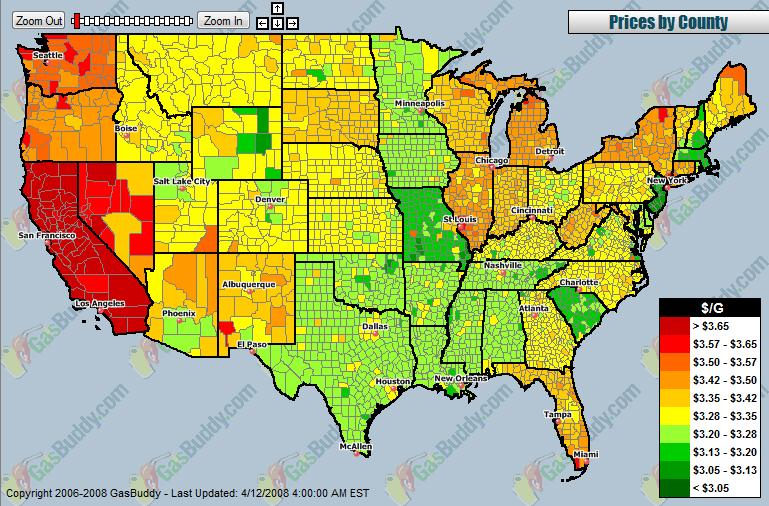Dear Michael Medved (who wrote the article and who graduated from Yale) and Professor Greg Mankiw (who linked to the article and teaches at Harvard),
I’m willing to accept that Michael’s argument represents some of the reason why Harvard and Yale graduates represent such a large fraction of presidential candidates if you are willing to accept that it is almost certainly a minor reason.
Ignoring your implied put-down of all of the other top-ranked universities in the United States, not to mention the still-excellent-but-not-Ivy-League institutions, the first thing that leaps to mind is the idea of (shock!) a third event that causally influences both Yale/Harvard attendance and entry into politics.
Perhaps the wealth of a child’s family is a good predictor of both whether that child will get into Harvard/Yale and also of whether they get into the “worth considering” pool of presidential candidates?
Perhaps there are some politics-specific network effects, with attendance at your esteemed universities being simply an opportunity to meet the parents of co-students?
Perhaps students who attend Harvard/Yale are self-selecting, with students interested in a career in politics being overly represented in your universities’ applicant pools?
Perhaps the geography matters, with universities located in the North East of the United States being over-represented in federal politics even after allowing for the above?
For the benefit of readers, here is the relevant section of the article:
What’s the explanation for this extraordinary situation – with Yale/Harvard degree-holders making up less than two-tenths of 1% of the national population, but winning more than 83% of recent presidential nominations?…
Today, the most prestigious degrees don’t so much guarantee success in adulthood as they confirm success in childhood and adolescence. That piece of parchment from New Haven or Cambridge doesn’t guarantee you’ve received a spectacular education, but it does indicate that you’ve competed with single-minded effectiveness in the first 20 years of life.
And the winners of that daunting battle – the driven, ferociously focused kids willing to expend the energy and make the sacrifices to conquer our most exclusive universities – are among those most likely to enjoy similar success in the even more fiercely fought free-for-all of presidential politics.


